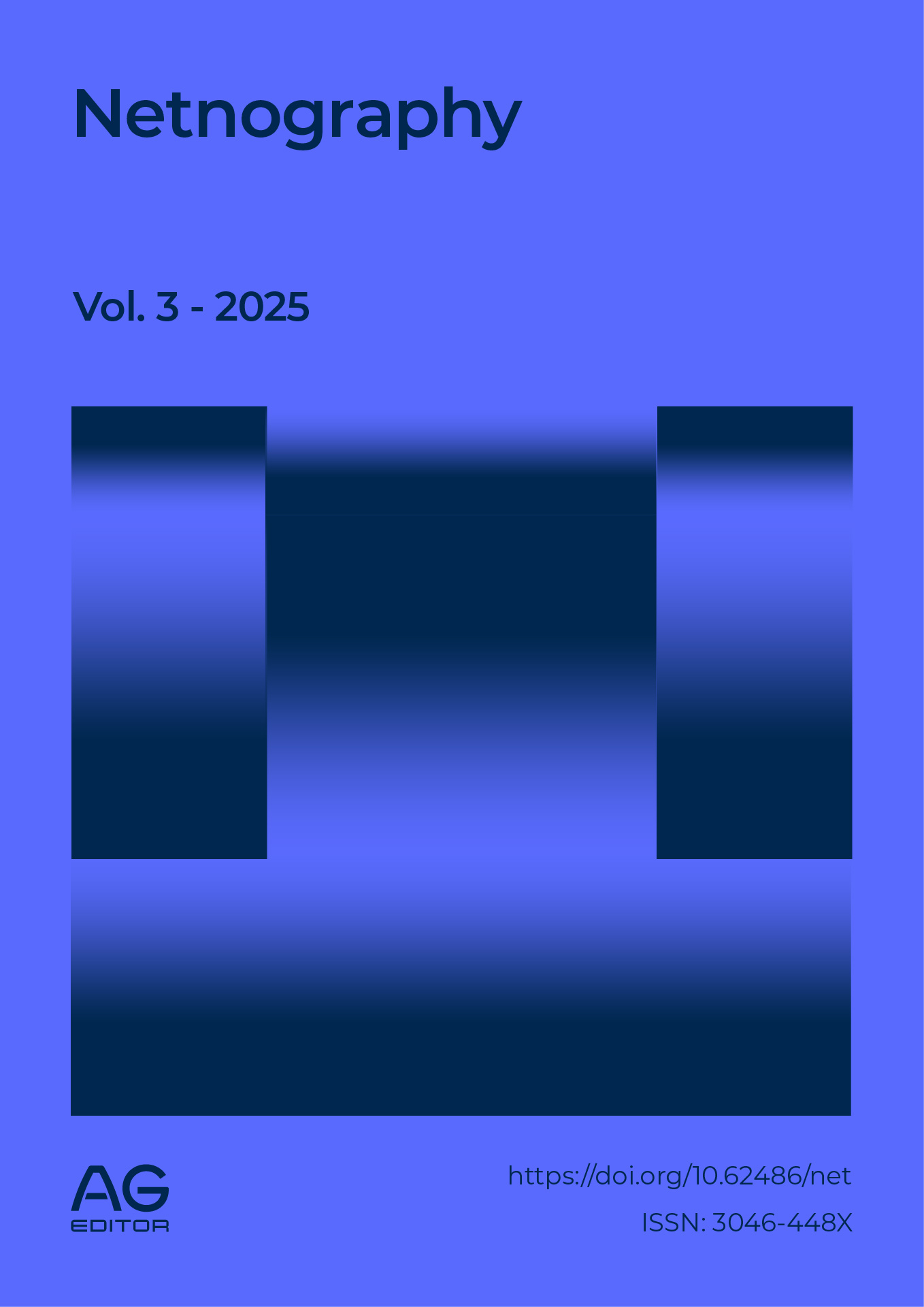Digital Business Designs in Latin America: A 2025 Literature Review
DOI:
https://doi.org/10.62486/net2025217Keywords:
Technological change, twin transition, regulatory asymmetries, digital divide, national policyAbstract
Digital transformation in Latin America has evolved from mere technological adoption to a strategic approach of "digital-native design," where technology is organically integrated into business models. This 2025 literature review identifies a critical tension between the push for frontier technologies (AI, IoT) and regional structural constraints: infrastructure gaps, human capital, and fragmented regulatory frameworks. The success of digital businesses depends less on technological sophistication and more on the organizational capacity to manage this complex interaction. The study is structured around four thematic pillars: 1) The "twin transition" (integration of digitalization and sustainability), which faces contradictions by excluding SMEs with limited resources; 2) Frontier technologies, which widen sectoral gaps (e.g., AI in 80% of banks vs. 15% of manufacturing SMEs); 3) Business model innovation (fintech, e-commerce); and 4) Foundational asymmetries, such as regulatory fragmentation that fosters "regulatory arbitrage" (digital rates ranging from 8% in Peru to 35% in Argentina). A scoping review using bibliometric (VOSviewer) and qualitative (NVivo) methods reveals an 81% concentration of publications in Brazil, Mexico, and Chile, while Bolivia and Paraguay show a critical lag. The findings reveal urgent thematic gaps: only 12% of studies address gender, 8% digital sovereignty, and 5% resilience. It is proposed to expand the concept of "twin transition" to include resilience and sovereignty, developing a scalable maturity model that integrates critical socioeconomic dimensions for an equitable digital transformation in the region.
Published
Issue
Section
License
Copyright (c) 2025 José Humberto Puente (Author)

This work is licensed under a Creative Commons Attribution 4.0 International License.
The article is distributed under the Creative Commons Attribution 4.0 License. Unless otherwise stated, associated published material is distributed under the same licence.




